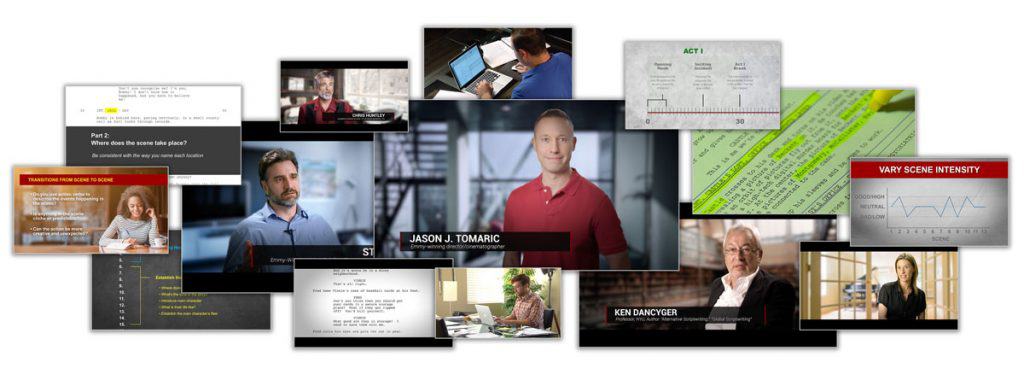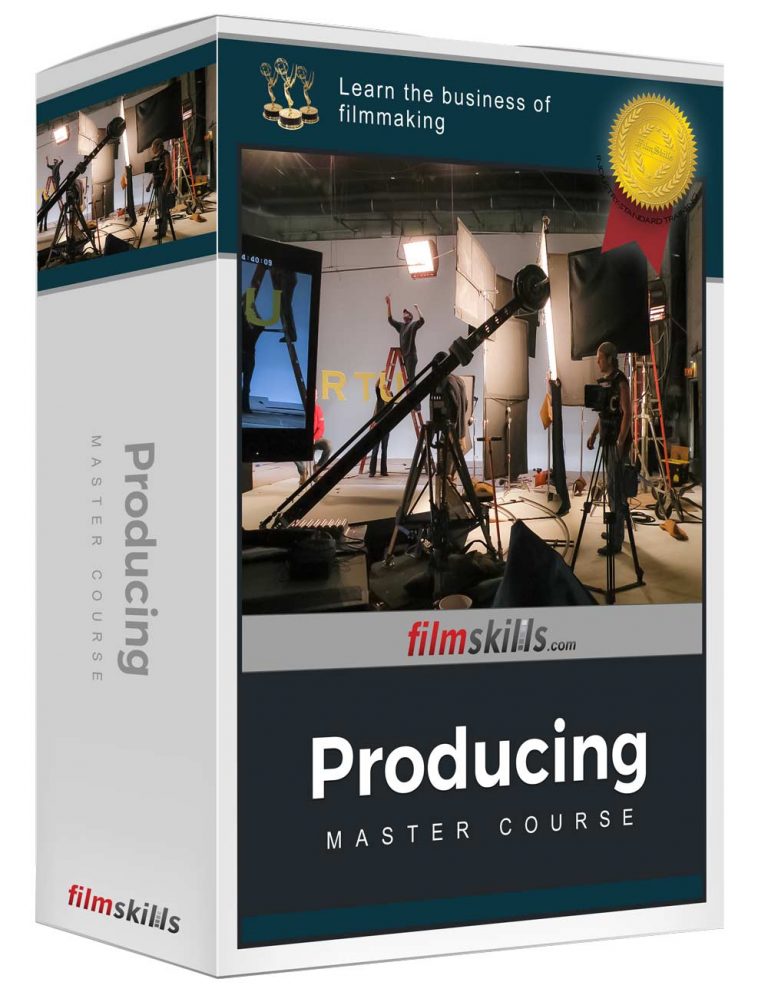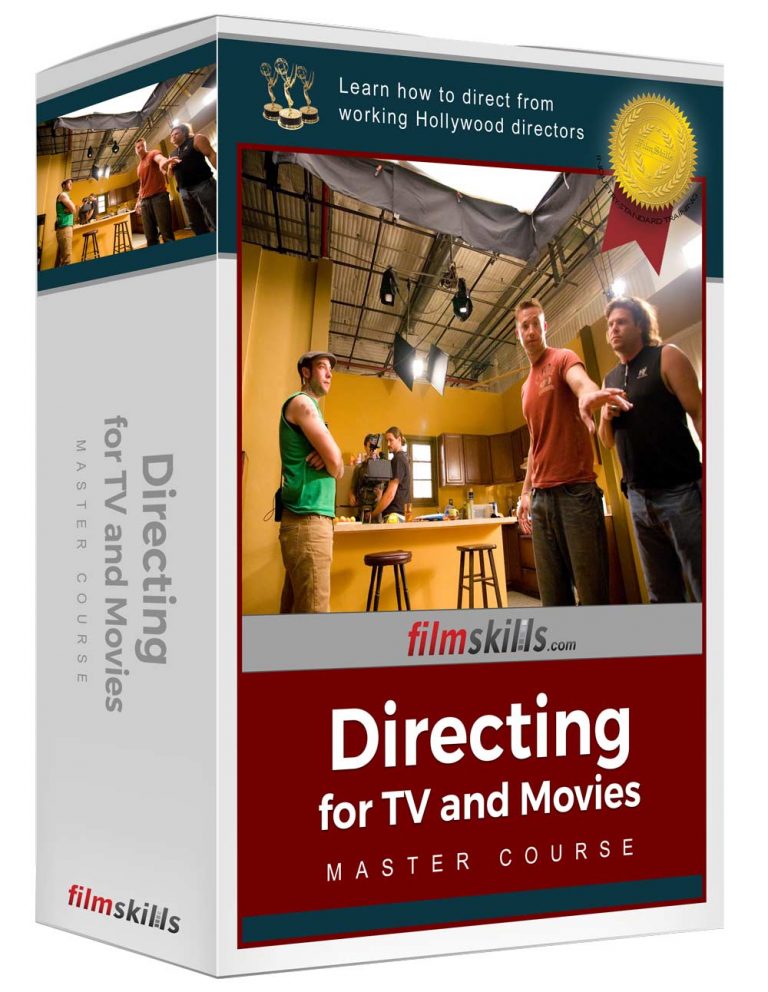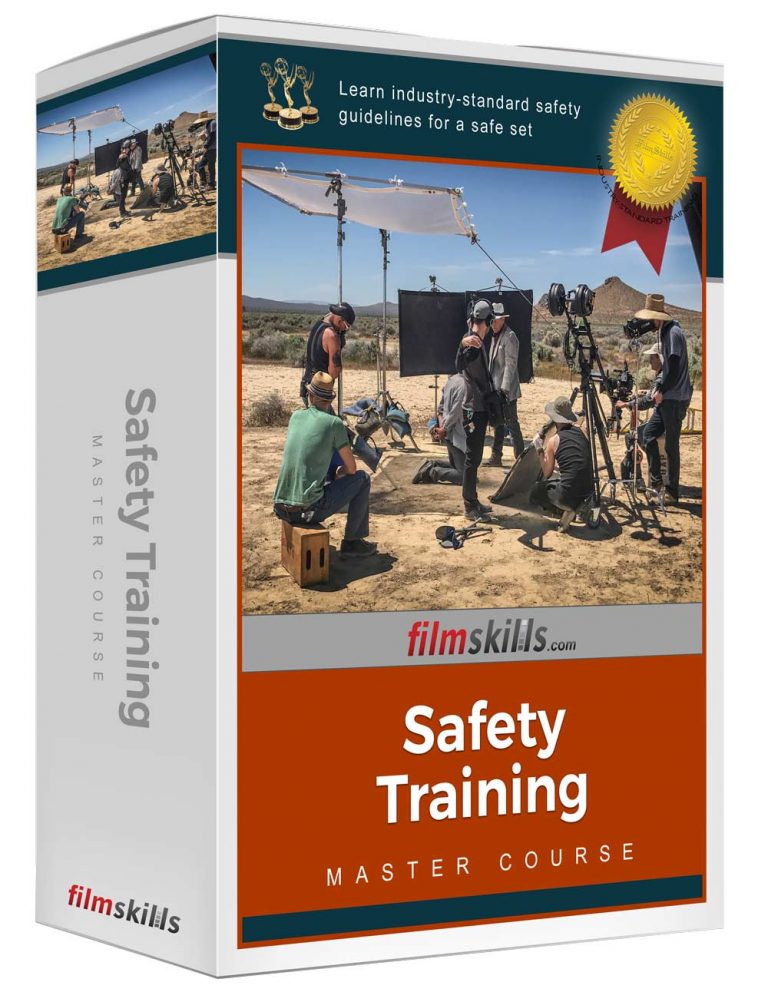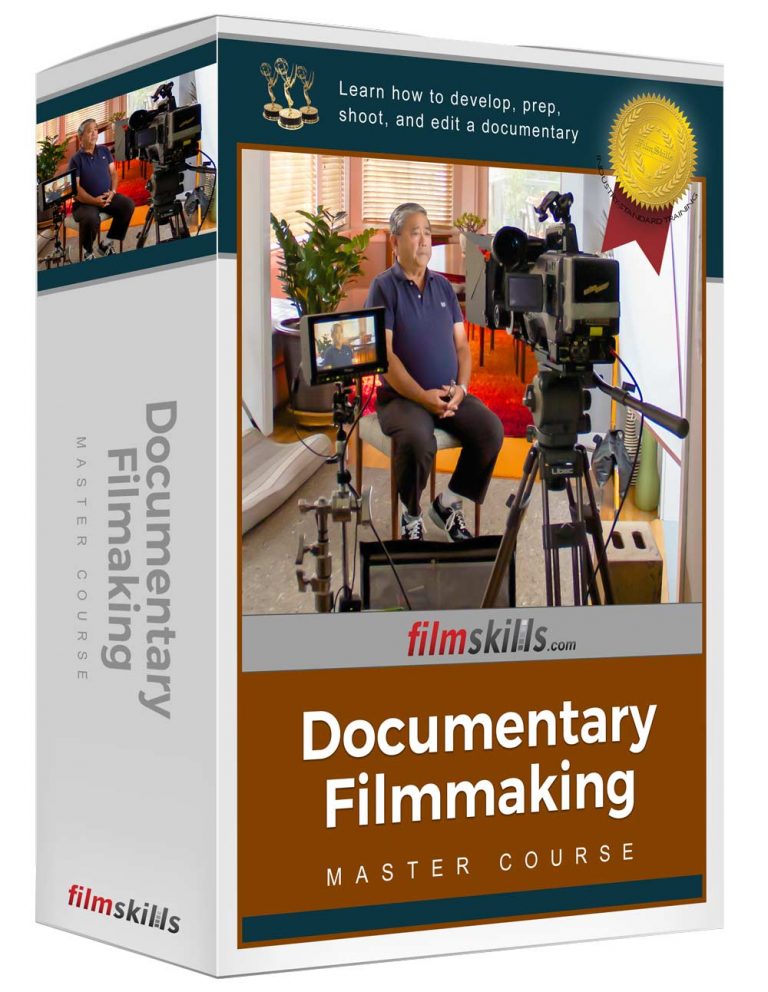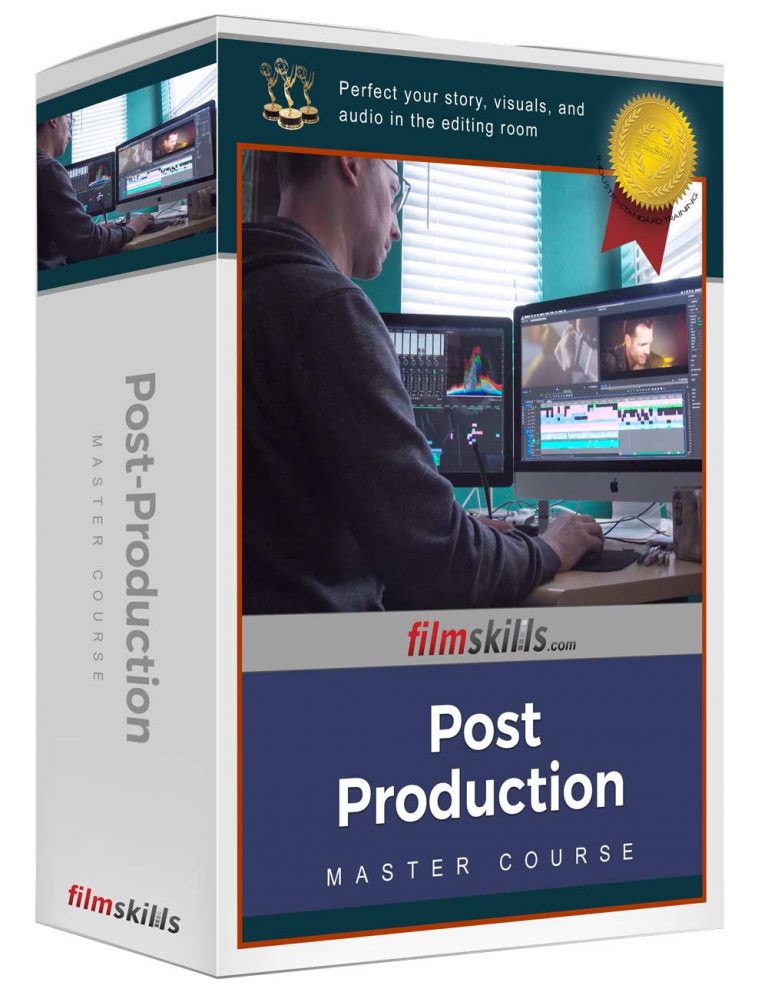The foundation of a good movie is a good script. The foundation of a good script is a good story. The foundation of a good story is inspiration, research, and the ability to develop the idea into a commercially-viable product that audiences will want to see.
While filmmaking is one of the most expensive art forms in the world, writing a script is not! Armed with a solid story, pen, and paper, you can craft a story that will move and inspire audiences around the world. It’s your story… tell it right!
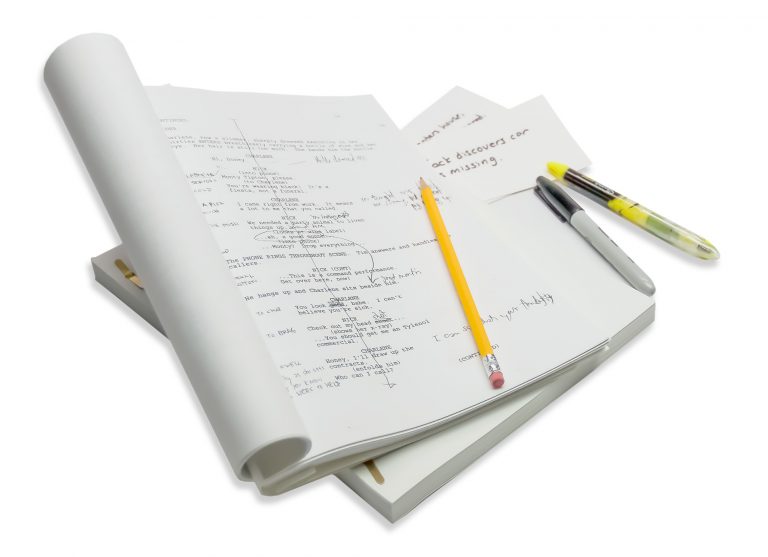
Tips for Developing Your Characters
The best characters are real – they have flaws, desires, wants, and challenges in life.
- Create interesting names for your characters by searching the Internet for name generators, or baby-naming websites.
- Remember that the characters, much like the plot, have arcs as well. Characters should undergo changes from the beginning to the end of the story and the story should be about this journey they take.
- Choose three primary adjectives that describe your character and make sure that the character’s actions, motivations, and dialog match those three adjectives in each and every scene.
- The antagonist, or bad guy, can’t just be a character who simply does bad things. Give the antagonist character inner conflicts as well as those that drive him to do evil. Make him a real, multidimensional character.
Writing Tips and Tricks
Writing takes discipline. It’s not easy, and your first draft will probably suck. Be OK with that, and know that writing is a process that takes time.
- Set-up your writing space. Turn off the television, turn off your phone, and create a distraction-free environment you use only for writing.
- Develop the theme. What is the message you want the audience to walk away with at the end of the movie? The theme will help you wwrite a focused, cohesive story.
- Set daily and weekly goals. Plan to write at least five pages a day, regardless of how good or bad they are. Remember that the real writing process begins when you rewrite. The first step is to get a rough draft down on paper.
- Get organized. By starting out with an idea and flushing it out into an outline, the process of writing the script becomes easier. Also keep a clean, clutter-free work area, free of distractions so you can focus on your writing.
- Stories are about people, not explosions or car chases. When writing your story, the dimension of your characters comes out when you show the audience how they react in different situations. Describe their strengths and weaknesses, attitudes and opinions, drives and ambitions, and what they want.
- Try putting ideas on 3×5 note cards before writing the script. Write clever lines of dialog on white cards, character ideas on green, cool scene ideas on pink, and so on. Organize these cards to help when you’re outlining the story.
- Develop a step outline, or a moment-by-moment description of what the audience will see in the movie. This will make it easier to write the script.
- Build your story around sequences… remember that shots make up a scene, scenes make up sequences, and sequences make up a film. Sequences are ministories within the larger story.
- Avoid writing cliché situations, dialog, and moments that the audience has seen before. Writing fresh ideas can be as simple as taking a moment in a scene and writing down ten unique and interesting variations on how it can be played.
- What is the plot arc? How is the story set up? How do you introduce the characters? How do you introduce the conflict? Where is the turning point in the story? How does the plot build to a climax? And finally, how does it resolve itself?
- Create setups and pay-offs – situations, props, information, and people your characters encounter must lead to something or have some significance within the story. Remember that the audience is going to be looking for meaning in the elements you show them.
- Remember that the more you write, the more you have to produce. If the budget is limited, then limit the screenplay length to 90 pages. Ninety pages of script means that 90 minutes of the movie needs to be produced.
- Always write in the present tense. Do not write, “We cut to Alan Blum who is walking down the street.” Rather, write “Alan Blum casually walks down the street.”
Check out the FREE 40 minute mini-course on how to structure your screenplay
Formatting Tips
Hollywood has very stringent guidelines regarding how a script should be formatted. It is imperative to follow these guidelines, or your script will end up in the trash without being read.
- Use 12-point Courier font (the typewriter font), which is the standard script font. When this font is used, one page of properly formatted script is roughly equal to one minute of screen time.
- Begin each scene in capital letters and describe whether it is interior or exterior (INT or EXT), the location where the scene takes place in the story, and the time of day (DAY, NIGHT, DAWN, DUSK).
- Type all screen directions, also known as the action, in the same margin as the scene header. Screen directions should explain where and how the characters move and what is happening in the scene. Use the screen directions to describe to the reader/audience what they will see on screen.
- When writing dialog, write the name of the character who is speaking in capital letters and center it in the page.
- Descriptions that indicate how a line must be said (for example: sarcastically, coyly, under his breath, etc.) must be placed in a margin 3.5 inches from the left side of the page and enclosed in parenthesis.
- All character dialog appears under the name of the character who speaks the line. This is to be written 4.25 inches from the left side of the page.
- Don’t use camera directions. Camera directions indicate where the camera needs to be placed within the scene. This is not the writer’s job, but that of the director and the cinematographer. Write the script as a story, focusing only on the characters and what they are doing and saying in each scene.
- Don’t break scenes up into shots. A change in scene reflects a change in location in the story. Shots are individual camera positions within the scene that are designed by the director and cinematographer. Break up the script only into scenes.
- Don’t number your scenes. Scenes are to be numbered by the first assistant director after the screenplay has been locked for production. If you number the scenes in advance, any rewrites will change the scene numbers and throw off the script breakdown and any department working off the breakdowns.
- Correct spelling and grammar are essential in presenting a professional screenplay for consideration by agents, managers, studios, and production companies.
- Present the script with a white cover that states the title, the writer(s), date completed, writer(s) and/or agent contact phone numbers, WGA registration number, and copyright information. The script should be punched with three holes and “bound” with two brass brads.
- On the first page, always begin the script with “Fade in” and end with “Fade to black.”
- Scene headings—At the beginning of every scene, establish INT/EXT, the location where the scene takes place, and the time of day. Always type these in capital letters.
- Deciding when your script is done can be a challenge. Nothing can be perfect but you have to know when you have done all you can.
- Once you are done, register the script with the WGA, and the US Copyright Office. Both can be done on the internet.
- Begin to pitch your screenplay to producers, agents, and managers, then begin your next screenplay.
Want to Learn More?
FilmSkills Screenwriting Master Course
The Academy Award and Emmy winning writing teams behind Everybody Loves Raymond, Seinfeld, Breaking Bad, Just Call Saul, Now You See It, and several other top TV shows and movies guide you through the entire screenwriting process in 25 video tutorials.
